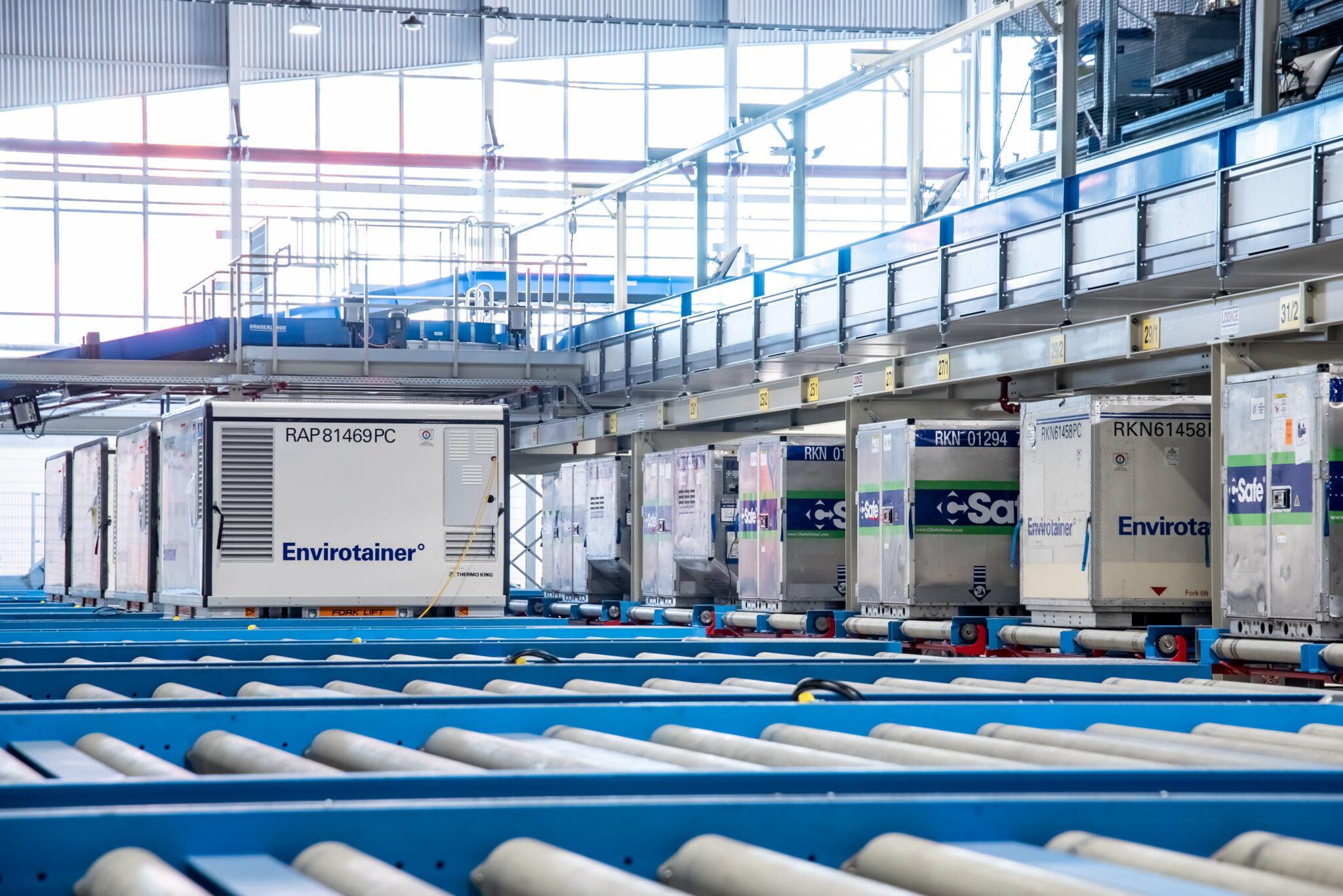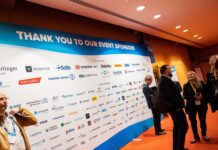

The pharmaceutical cargo sector is proving to be a major opportunity for air cargo carriers and SAS Cargo is targeting growth in the market, reports Justin Burns.
To grow its pharma volumes, the Scandinavian airline is working towards gaining the International Air Transport Association (IATA) Center of Excellence for Independent Validators in Pharmaceutical Logistics (CEIV Pharma) certification.
SAS Cargo president and chief executive officer, Leif Rasmussen says it is in response to the growing pharma industry, which relies on air for speed, consistency and efficiency in delivering high-value, time-sensitive, temperature-controlled products.
He explains: “We at SAS Cargo have acknowledged the need to get on the right track to achieve pharmaceutical handling excellence. In order to do so we are securing the entire SAS Cargo cool chain through CEIV certification.
“This, as well as including a new pharma product in our product offering, is received positively by our customers and we expect the pharma cargo sector to increase as a result.”
SAS Cargo is investing in its three major hub stations in Scandinavia (Copenhagen, Stockholm Arlanda and Oslo) in cooling facilities and controlled room temperature facilities to meet the standards required by the pharma industry.
Rasmussen notes the entire cool chain is undergoing IATA CEIV certification in order to secure reliable shipments of temperature-sensitive pharma.
The IATA CEIV certification during this autumn includes procedure training of staff at all stations, a full upgrade of all facilities and sales control as well as quality management.
Rasmussen says SAS is increasingly moving more temperature-sensitive medications such as insulin, vaccines and bio-tech medicines, but being in Scandinavia it also transports considerable volumes of seafood.
This he says needs to be effectively segregated from pharma products, and SAS needs to apply to the segregation rules in order to avoid contamination as well as secure enough capacity for the different items.
Other investments the carrier is making is developing an enhanced booking portal which the airline says has been positively received by customers and new features have been introduced into the portal, which will offer customers an easy and efficient online booking experience.
SAS will soon launch services to CEIV certified hub Miami International Airport from Scandinavia and together with its large trucking network and interline partnerships, it is set to expand in the Southeastern US and Latin America. The main trade lanes SAS is targeting unsurprisingly is an increase in business between Scandinavia and the US.
The carrier is also upgrading and developing its fleet with a strategy to replace older aircraft with newer ones and is increasing the number of fuel-efficient aircraft into service on both short and long-haul flights such as the new Airbus A330 (from 2015), Airbus A320neo (from 2016), and Airbus A350 (from 2019).
As for the Scandinavian air cargo market as a whole, Rasmussen says there is a lot competition from many carriers flying direct in to Stockholm, Oslo and Copenhagen, especially during summer when it competes with a lot of extra belly (lower deck) capacity.
However, SAS Cargo is still the largest carrier to, from and within Scandinavia so has a strong market position, while its extensive trucking network ensures fast deliveries to all major cities in Scandinavia and Northern Europe.
It will come as no surprise what the strongest cargo sectors are for SAS, as Rasmussen notes: “Seafood is currently very successful in both the Asian region, as well as in the US market.
“However the pharma industry within the “Øresunds region” also gives us a healthy market situation, where transportation time and high value products play an important role.”
Much of the Scandinavian airfreight market is dominated by the movements of seafood, but there are other sectors which SAS is seeing good opportunities, notably perishables, pharma as mentioned previously, and also interestingly – spare parts.












